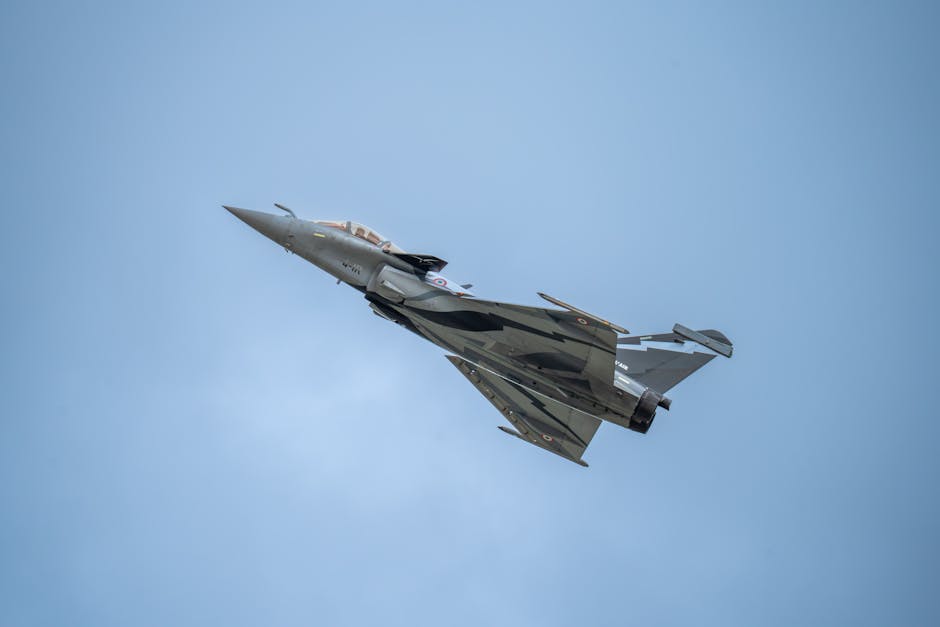**
China’s military modernization is reaching new heights with groundbreaking advancements in combat aircraft, positioning the nation as a global leader in next-gen aerial warfare. From stealth fighters to AI-powered drones, Beijing’s innovations are reshaping the balance of airpower.
The J-20 and China’s Fifth-Gen Fighter Ambitions
The Chengdu J-20, China’s flagship stealth fighter, has evolved significantly since its 2011 debut. Recent upgrades include:
– WS-15 engines: Reducing reliance on Russian imports.
– Enhanced stealth coatings: Improving radar evasion.
– Advanced avionics: Matching capabilities of the U.S. F-35 and F-22.
China is also developing the Shenyang FC-31 for export and has begun work on a sixth-generation fighter, aiming for prototypes by the late 2020s.
AI and Drones: The Future of Air Combat
China’s unmanned systems are equally impressive:
– GJ-11 “Sharp Sword”: A stealth drone for precision strikes.
– AI “Loyal Wingman” drones: Designed to support manned jets in battle.
These innovations could revolutionize air combat, blending human pilots with AI-driven swarms for superior battlefield efficiency.
Challenges and Global Reactions
Despite progress, hurdles remain:
– Engine reliability: Still behind Western standards.
– Ethical concerns: Over AI in autonomous weapons.
Geopolitically, China’s advancements have triggered responses:
– The U.S. is strengthening Indo-Pacific alliances.
– India, Japan, and Australia are boosting air defenses.
What’s Next for China’s Air Power?
China’s rapid progress signals a strategic push for aerial supremacy. As sixth-gen fighters and AI integration advance, the global power dynamic could shift dramatically—raising both opportunities and tensions.
**




